Discover the inspiring stories of endangered species that have recovered from the brink of extinction. Learn how you can get involved in conservation efforts.
Petrina Darrah
Posted: May 20, 2023

Liqian Yao
Posted: November 11, 2019
Ice is melting in the Arctic, putting polar bears at risk. Florida is experiencing abnormal weather events, to the detriment of manatees and mangroves. But what do these phenomena tell us? And what can we do to make a change?
All of these events are warning us that the global climate is changing at an alarming rate. But climate issues such as a rise in global temperature, warming oceans, and rising sea levels are issues people had barely heard of in the mid-20th Century.
Of the 17 United Nations Sustainable Development Goals (UN SDGs), Goal 13: Climate Action, seeks to address climate change, and calls for us to take urgent action.
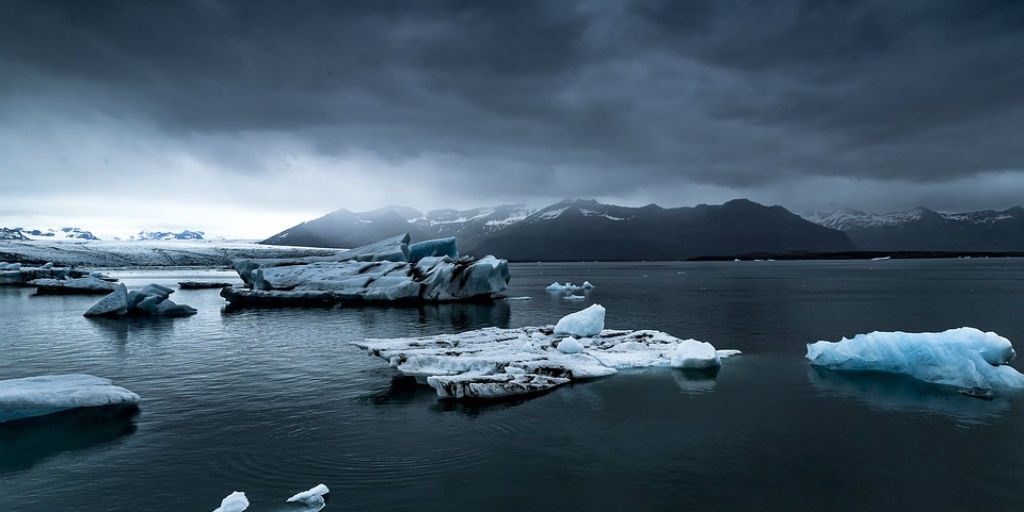
Original photo: by Pexels from Pixabay is licensed under CC BY-SA 2.0.
What changes do we need to make to ensure a sustainable future? To help us in our efforts, we take a look at the cause and effects of climate change.
Many animals and plants, from polar bears to mangroves, are affected by climate change. Humans also experience the consequences of climate change.
For example, experts explained that due to factors such as hotter and drier air, and less rain California wildfires burn bigger, and longer. Aside from the damage to forests and property, Californians are exposed to wildfire smoke.
Rising temperatures and extreme weather conditions also affect the growth of crops. Water supply can be problematic because the rising temperature induces more severe and longer droughts.
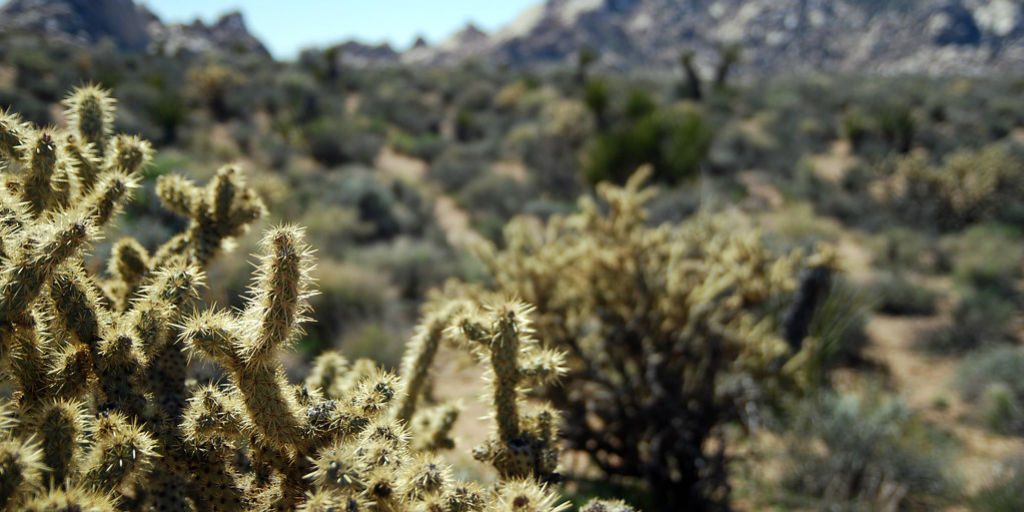
Original photo: “Drive from Vegas to Palm Springs” by jsalita is licensed under CC BY-ND 2.0.
So, our health, agriculture, and access to water are experiencing challenges.
You may not have the chance to witness firsthand the challenges of polar bears, but you may have experienced an intense heatwave in your city. According to CNN, Europe experienced its highest recorded temperature in 2019.
The heatwave is one of the more obvious signs of climate change. Other extreme weather events such as droughts, storms, and flooding can also happen as a result of increasing global temperatures. These extreme weather conditions are putting our environment and communities at risk.
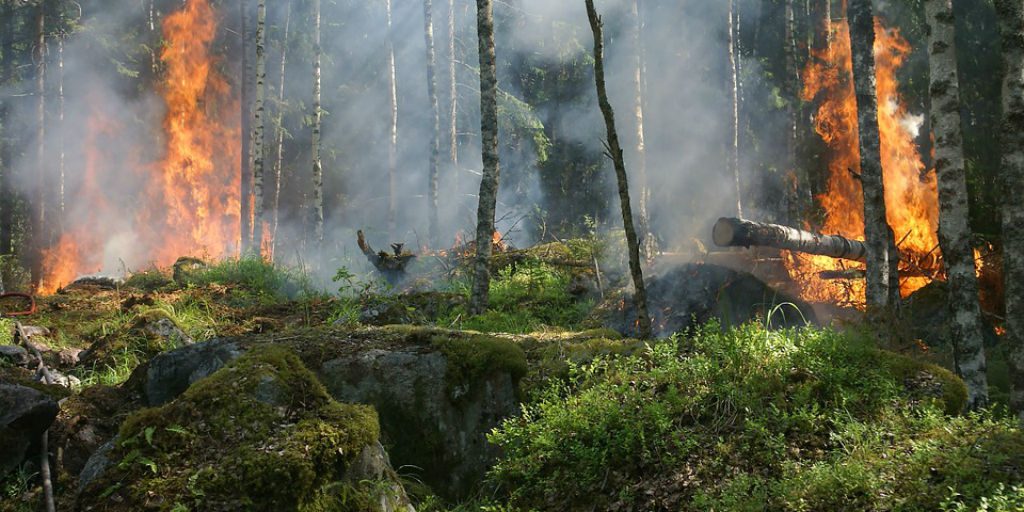
Original photo: by Ylvers from Pixabay is licensed under CC BY-SA 2.0.
Natural causes for climate change include orbital changes, volcanic eruptions, and variations in solar radiation.
However, various studies have concluded that human beings have been the dominant cause of climate change over the past 50–65 years.
Global warming, caused by the greenhouse effect, is the main contributor to climate change. Human activities have been accelerating greenhouse gas emissions, with a particular increase since the mid-20th Century. That’s why the temperature of our planet keeps rising, and why it now rises more than it would naturally.

Original photo: Free-Photos from PixabayCC BY-SA 2.0.
Fossil fuel burning, deforestation, land exploitation are the main sources of greenhouse gas emissions. With the development of industrialisation, the increase in the world population and the demand for resources and energy, greenhouse gas emissions reached a new record in 2018.
Do you know that in 2018, our atmosphere’s concentration of carbon dioxide (CO2), one of the main greenhouse gases, reached the highest on record in three million years?
This evidence of climate change is a wake up call for us all. If we don’t respond immediately and take effective action, it will be very difficult for us to reduce the effects of climate change.
systems on our planet are able to repair themselves. For example, forests can recover themselves from environmental damage such as wildfires. But forests, and other ecosystems are already under strain.
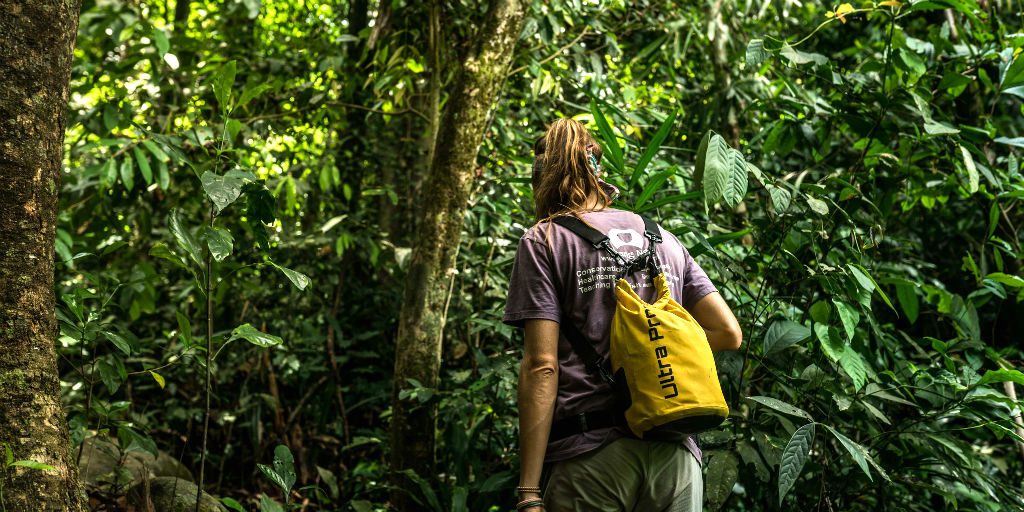
As wildfires become more frequent and severe, like those in California and the Amazon rainforest, the forests’ capacity for self-healing is weakened .
We have to rely on energy to maintain our homes, offices and cities. But the energy from burning coal, oil, and other fossil fuels creates CO2. We need to look for clean and renewable energy. Also, using energy-efficient products enables us to save energy, money and reduce pollution.
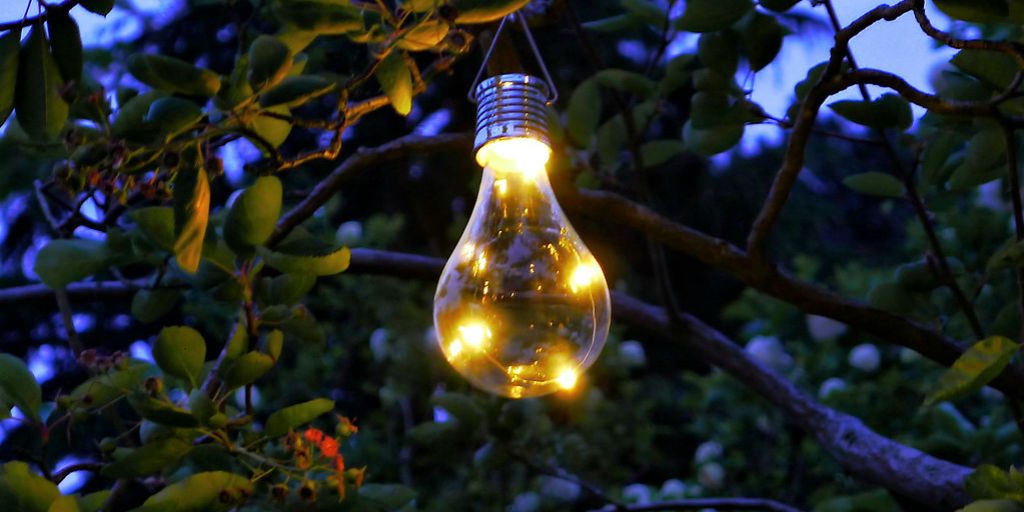
Original photo: “Solar Lights” by timo_w2s is licensed under CC BY-SA 2.0
When you purchase home appliances, check the energy star label. Energy star certified appliances consume less energy than regular appliances and help us reduce greenhouse gas emissions. Some people may worry about the high prices of energy-efficient appliances, but in the long-term, you can save money on electricity bills.
You can also replace conventional lights with LED light bulbs, which use less energy. You can also install solar panels. Solar is one of the most common renewable energy sources and helps decrease CO2 emissions.
According to the World Bank, every person generates 0.74 kilograms of waste each day. Emissions from incineration and landfills include CO2 and methane, and contribute significantly to greenhouse gas emissions.
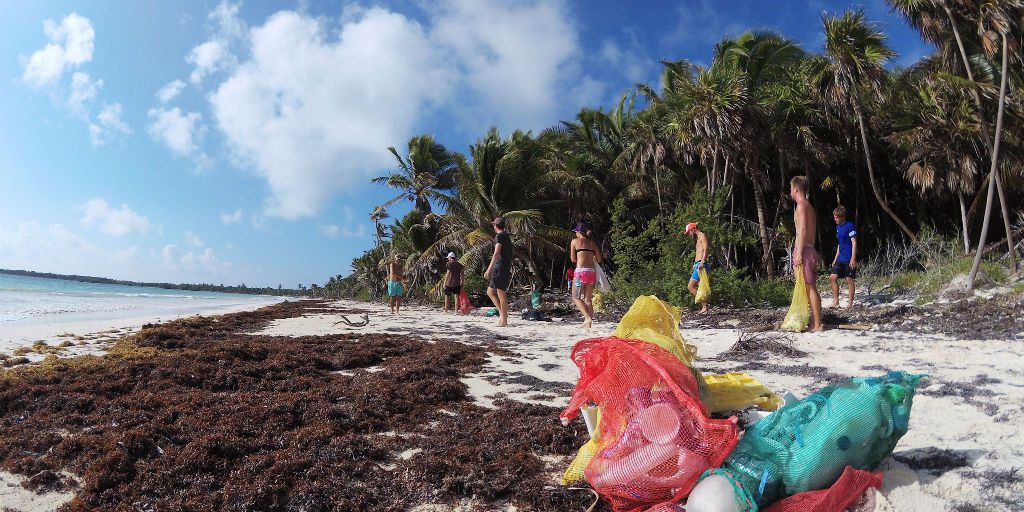
Waste needs to be managed in an environmentally friendly way. Instead of dumping all your garbage, you can sort the waste. Some food waste such as fruits, vegetables, and eggshells can be composted. Composting not only helps enrich soil, but also contributes to reducing methane emissions from other waste.
Some items, such as aluminum cans, glass, cardboard and paper can be recycled. Recycling helps to reduce waste and save energy. For example, by recycling paper we can prevent additional trees from being cut down.
You can also opt for a “zero waste” challenge for one day, or one week. Even in just one day, you’ll make a contribution to a clean environment.
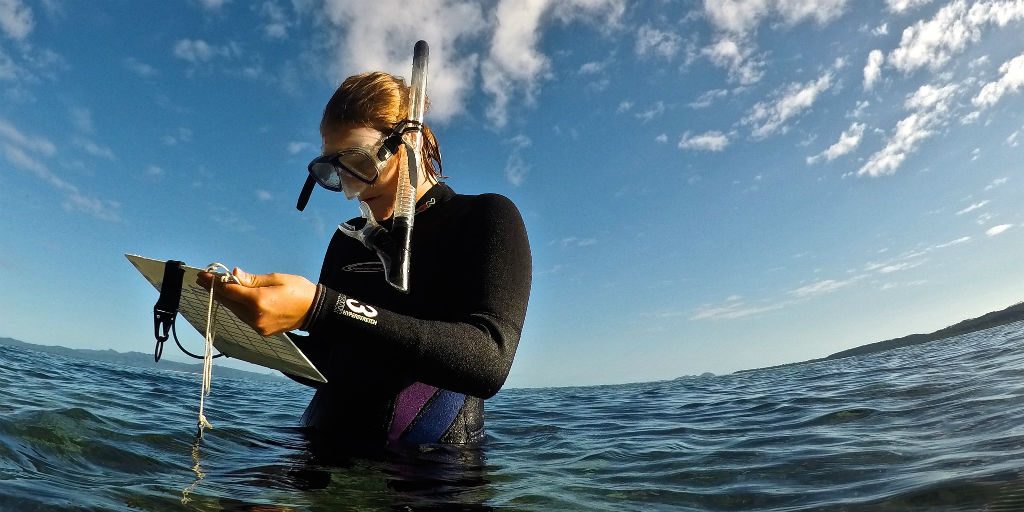
Climate change can have a greater impact on developing countries, because resources to mitigate the effects are more limited.
Fewer resources in areas such as education, food security, fresh water, and infrastructure can make a community more vulnerable to the influences of climate change and decrease their ability to remedy its effects.
You can choose to volunteer in developing countries to support the local environment and community. For example, you can volunteer in Seychelles to help minimise the impact of environmental issues such as climate change.

The island nations are affected by climate change through issues such as rising sea levels. As a volunteer, you will collect data to support the local authorities with the sustainable management of these fragile habitats.
All GVI volunteer programs are aligned with the UN SDGs. If you’d like to contribute to Goal 14: Life Below Water, you can volunteer on projects in Mexico to help conserve the ocean.
You will help collect waste from local beaches to reduce plastic pollution. You will also conduct coral reef research on coral bleaching.
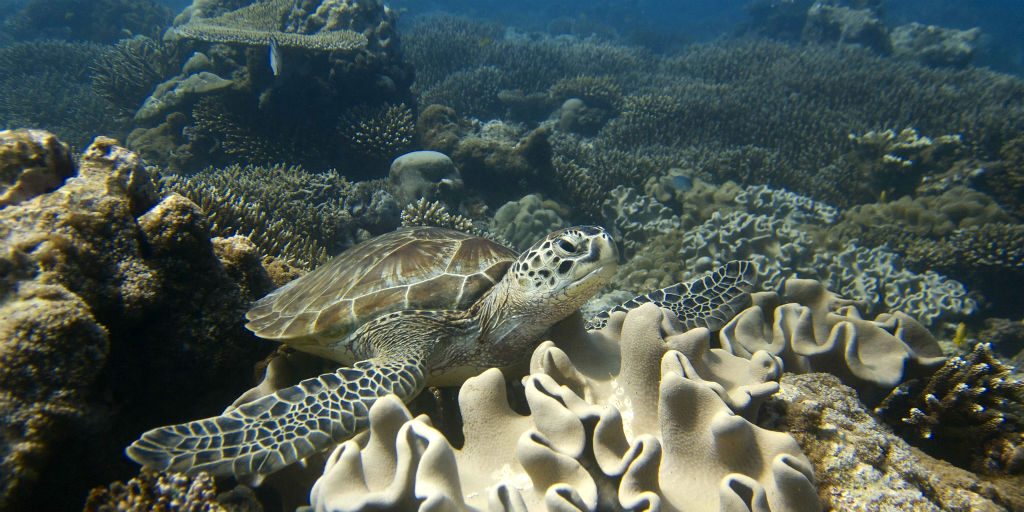
To maximise your contribution to global sustainable development, make sure you do the research to find a responsible, ethical, and supportive organisation.
We need to keep the environmental front of mind and take steps to mitigate the impacts of climate change. You can choose to apply to a volunteer program to make a substantial contribution to our planet.
Liqian Yao is an intern at the GVI Writing Academy. The Writing Academy is a skills-development program that pairs development editors with budding travel writers. Learn more about the program here.
Discover the inspiring stories of endangered species that have recovered from the brink of extinction. Learn how you can get involved in conservation efforts.
Petrina Darrah
Posted: May 20, 2023